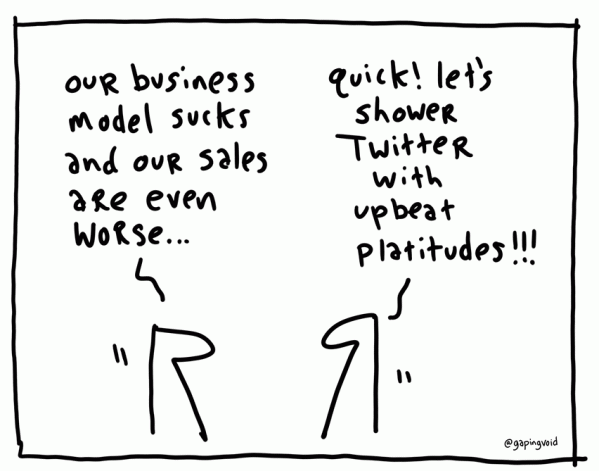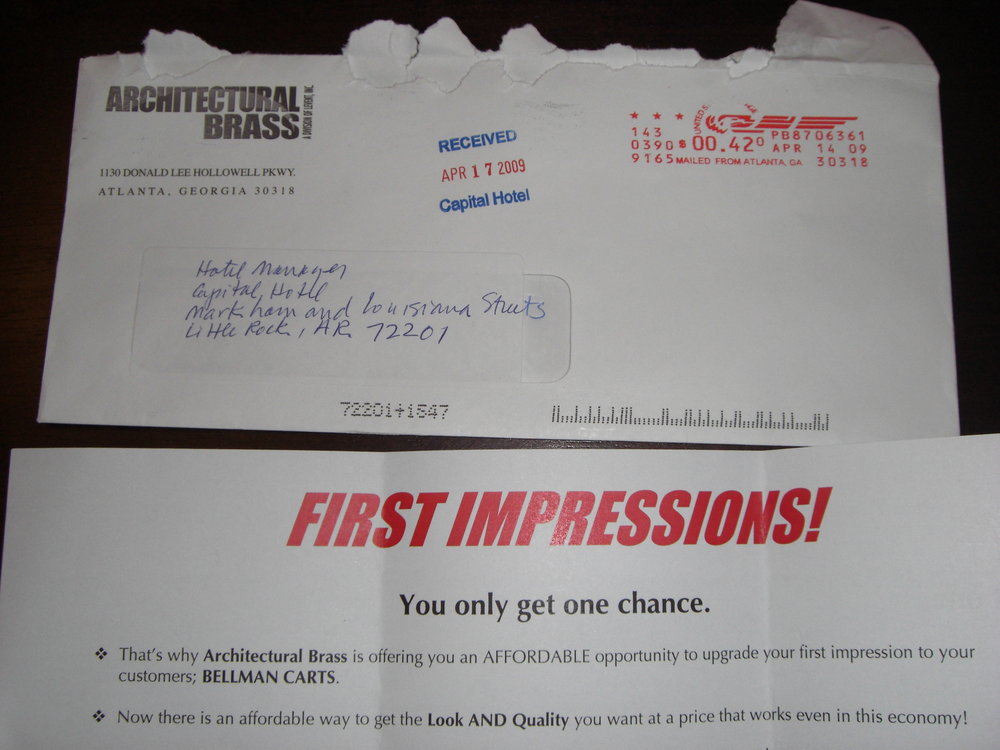Selling electricity is different than selling an idea or coffee. There are some things people believe they must have. Everything else is something they get to have. If you’re reading this, it’s likely you’re rich with choice...you get to vs. have to.
At this point, almost everyone believes they need a mobile phone. But, the style, the operating system, the size...these are choices we get to make. Perhaps we're selling an idea which will make people feel safer, more comfortable. Most people would say they need some basic level of comfort. But, the comfort we're offering might not match the one they think they need. It might fall into their "get to" category.
Marketing, what's on offer and the story we tell about it, is largely to satisfy choice. And, this type of marketing, "get to" marketing, itself is filled with choices. For the most part, we don't need to do marketing when we're satisfying a need. But, we get to do marketing when someone has a choice. We get to choose what to make. We get to decide on specifications, and the promise we make to those we serve. We get to decide the level of quality. And, we get to hire the right people, who care enough to make someone smile. Ultimately, the market decides what to buy and what it's worth. We merely get to make something they believe they just can't live without, even though they could.


